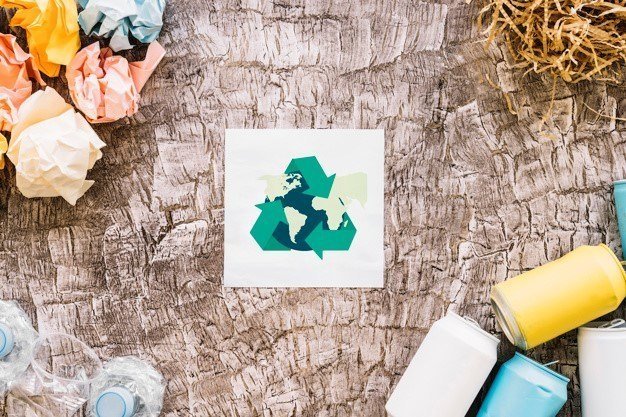Knowledge Articles
What actually is a degradable plastic. We have an answer at Advance BIO

Technology has improved tremendously. Plastics are injected with an agent in the production phase to allow the composition to be degradable. This kind of plastic is now replacing the traditional plastics we are using today
Degradable plastic is plastic designed chemically to break down when exposed to the environment such as acidity, humidity, heat, or oxygen. The structure will break down and can be consumed by microorganisms and turned into biomass, with carbon dioxide and water as a byproduct.
There are 5 types of degradation.
Photodegradation happens to plastics that are injected with light-sensitive agents, weakening the chemical bonds in the polymer. When exposed to UV rays, the ketone groups in the structure will break down into free radicals. These radicals are unstable and seek a new bond in the carbon molecules in the polymer chain, causing the chain to break down. This process won’t occur when buried or in composting plants or in dark areas, where the UV can hardly reach.
Mechanical degradation is a process of breaking down the plastic into smaller pieces by an external force
Oxidative degradation is a chemical reaction that happens when oxygen is added into the polymer, which can occur naturally. Hydroperoxide (ROOH) is created. In a plastic without a stabilizing additive, heat would break ROOH into unstable RO and OH that seek new bonds in the polymer chain, causing it to break down. Oxidative degradation is controllable by adding transition metal salt that acts as a catalyst to speed up the ROOH breaking process
Hydrolytic degradation is a process that occurs in ester and amide groups such as starch, polyester, polyanhydride, polycarbonate, and polyurethane. Hydrolytic degradation can be put into 2 types, Catalytic hydrolysis, and non-catalytic hydrolysis. The former type can further be split into 2 subtypes, External catalytic degradation, and Internal catalytic degradation. There are 2 external catalysts which are enzymes such as Depolymerase, lipase, esterase, and glycohydrolase, these create a biodegradation process and non-enzyme catalysts such as alkaline, base, acid, these create a chemical degradation. For the internal catalyst, the most popular ones are the carboxyl group or the amide group at the end of the polymer.
Biodegradation is a degradation process made by microorganisms. It has 2 phases. The first phase is to break down the long non-polar polymer, in this phase, microorganisms release both endo-enzymes and exo-enzymes to break the polymer chain and molecular bonds. When the molecules are small enough to pass through the cell membrane, phase 2 begins. Ultimate biodegradation final product is energy and small stable substances like carbon dioxide, methane, water, and some other minerals
These 5 types of degradation are the processes that break down plastic into smaller molecules for further degradation. Advance BIO has created a plastic that suits the Thai people’s lifestyle by making it cheap and varied. Some of our degradable products are cups, lids, boxes, cutlery, and straws. If you want to save the world, choose plastics from Advance BIO
